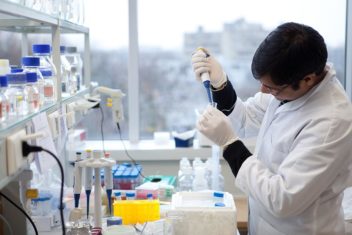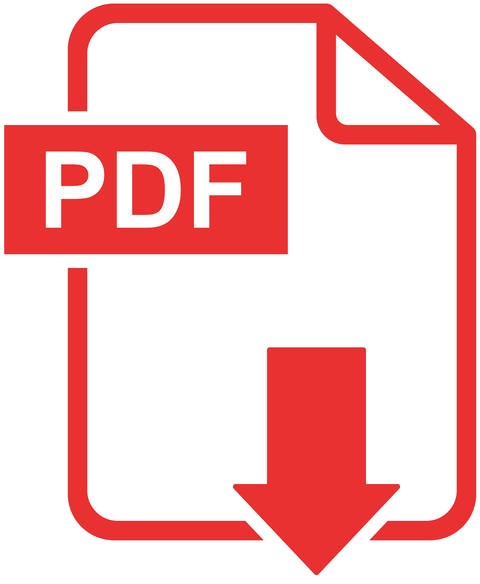 SCENAR-Therapy Effects on Blood Pressure and State of the Blood Plasma Oxidant-Antioxidant System in Patients with Compression Injuries Complicated by Acute Renal Failure
SCENAR-Therapy Effects on Blood Pressure and State of the Blood Plasma Oxidant-Antioxidant System in Patients with Compression Injuries Complicated by Acute Renal Failure
N. N. Usalyova, L. V. Klimova
The effect of SCENAR-therapy on the clinical course of acute renal failure, lipid peroxidation and arterial pressure parameters in patients with compression injuries has been studied. It has been proven that SCENAR-therapy combined with sublingual intake of 2.5 mg Isradipine twice a day is the most effective method for correcting the arterial pressure in patients with acute renal failure.
Using the SCENAR-therapy eliminates the effect of increased level of nitrosohemoglobin fractions against a background of Isradipine and practically relieves oxidative stress in the patient’s blood plasma.

The patients that had arterial hypertension at the anuric stage of ARF caused by a compression injury were divided into 3 groups.
The patients in the control group (n=46) were given standard intensive ARF therapy using extracorporal methods. In the test group I (n=41) the multiple treatment, besides standard therapy, included Isradipine 2.5 mg twice daily sublingually in addition. And in the test group II (n=25) besides standard therapy and Isradipine, the patients received SCENAR-therapy every day.
A course of SCENAR-therapy included 8-10 sessions and was finished when diuresis resumed. Considering the tasks and objectives, the patients over 60 were excluded from the investigation.
In SCENAR-therapy two general treatment techniques were used mainly: “3 pathways and 6 points” and “Сollar zone”, forehead, adrenals” [9, 17].
Skin zones were treated with SCENAR and no digital techniques were used.
Settings: mode F1. Stimulation: comfortable (the patient feels slight tingling and vibration); intensive (the patient feels it as almost painful). The energy strength was selected near the zone that was supposed to be treated. If the device stuck somewhere when moving along the routes, it wasn’t taken off the skin but was held down until moving the device downwards became possible. When asymmetries were identified, those areas were treated again until a change in the primary signs (hyperemia, paleness, different sensitivity etc.).
Blood pressure characteristics were registered on admission, on the 1-2 day of diuresis recovery and on transfer to the relevant department. The blood samples for biochemical tests were taken on admission and on the 1-2 day of diuresis recovery.
Taken from the resource: www.semanticscholar.org
 Full PDF version: SCENAR-Therapy Effects on Blood Pressure.pdf
Full PDF version: SCENAR-Therapy Effects on Blood Pressure.pdf
 SCENAR-Therapy Effects on Blood Pressure and State of the Blood Plasma Oxidant-Antioxidant System in Patients with Compression Injuries Complicated by Acute Renal Failure
SCENAR-Therapy Effects on Blood Pressure and State of the Blood Plasma Oxidant-Antioxidant System in Patients with Compression Injuries Complicated by Acute Renal Failure